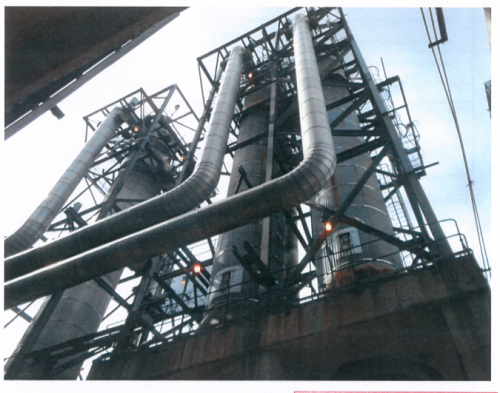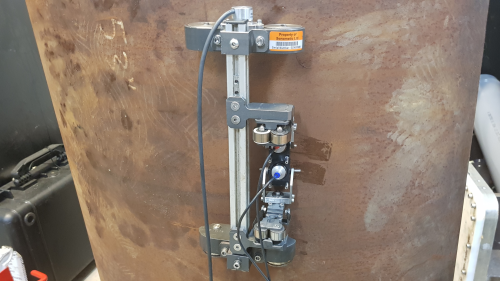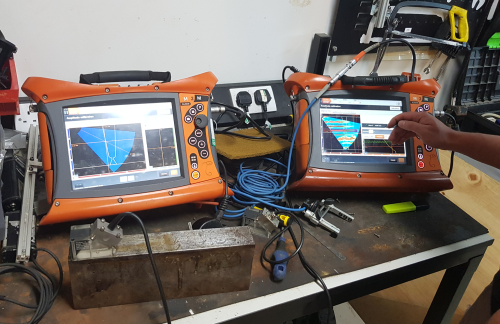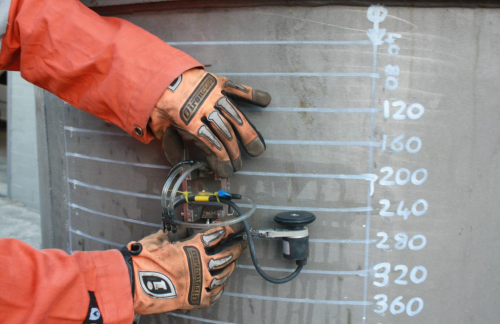
Sonomatic has 30 years of experience with pressure vessel inspections for HTHA, including validation through metallography. We continue to invest a lot of time and energy into the development of HTHA inspection.

Sonomatic has 30 years of experience with pressure vessel inspections for HTHA, including validation through metallography. We continue to invest a lot of time and energy into the development of HTHA inspection.
The approach we adopt involves fine-tuning the ultrasonic set-up to the material, utilising the highest frequency the material will support. We look for changes in the acoustic scatter caused by changes in the metallurgical structure.
Learn more about High-Temperature Hydrogen Attacks and how to combat them with an HTHA inspection – contact us today for more information,


A common feature of Sonomatic’s techniques for HTHA is ‘image recognition’. Our view has always been to finely-tune the ultrasonic set-up to image acoustic scatter from the material structure, and to observe changes in the images of scatter patterns.
Off-line data analysis performed by Sonomatic includes frequency filtering and advanced contrast techniques. Frequency filtering is a useful capability that is unique to us. Our Microplus instrumentation was developed specifically for the TOFD technique and incorporates features that are not available in most other systems.
We recommend semi-automated (encoded) TOFD and TFM scanning of both parent material and butt welds where dual-sided access is available. Additional back-scatter techniques are applied at the discretion of the analyst team.